Optimal Timing for Asphalt Resealing
Proper timing for asphalt driveway resealings is essential to ensure durability and effectiveness. The optimal period depends on climate conditions, driveway usage, and asphalt condition. Typically, resealing is recommended when the surface shows signs of wear or cracking, and weather conditions are suitable for application and curing.
Late spring and early fall are generally the best times for asphalt resealing due to moderate temperatures and lower humidity.
Temperatures between 50°F and 85°F are optimal for applying sealcoat, ensuring proper adhesion and curing.
Dry, sunny days with minimal wind are ideal. Avoid resealing during rain, extreme heat, or cold to prevent issues with curing and adhesion.
Most asphalt driveways benefit from resealing every 2-3 years, depending on traffic and environmental exposure.
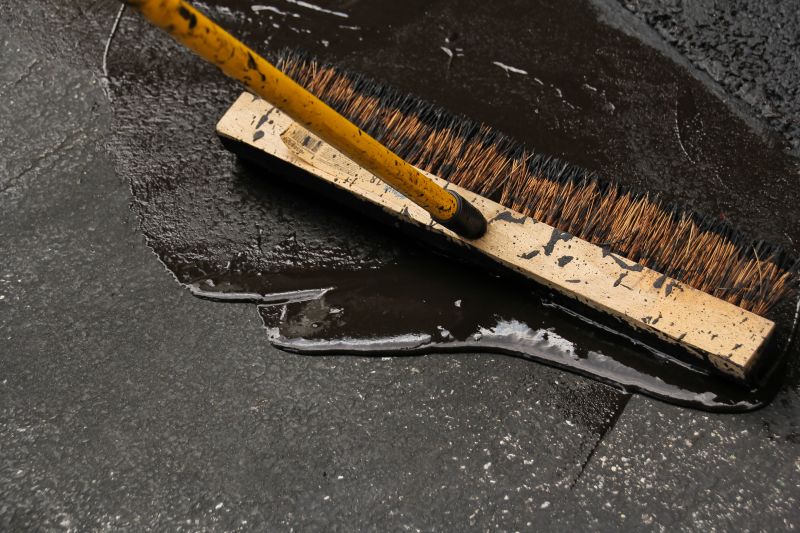
Resealing in spring takes advantage of rising temperatures and dry conditions.
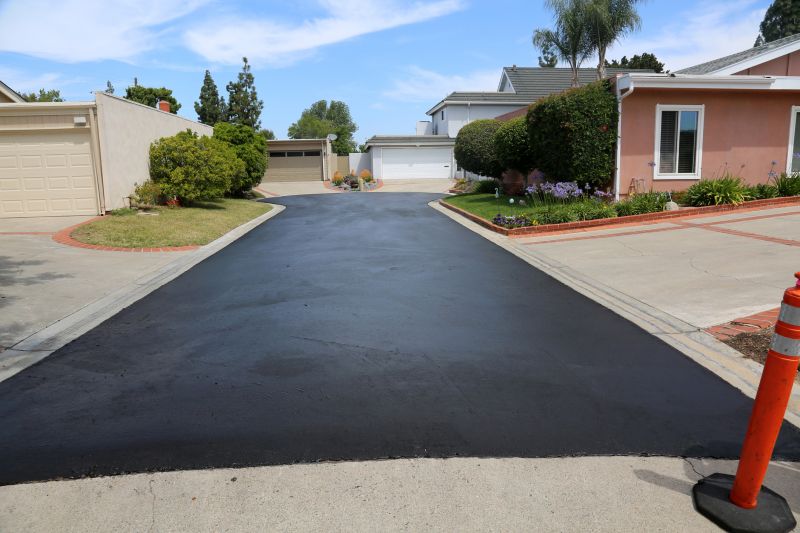
Early fall offers suitable weather for asphalt maintenance before winter.
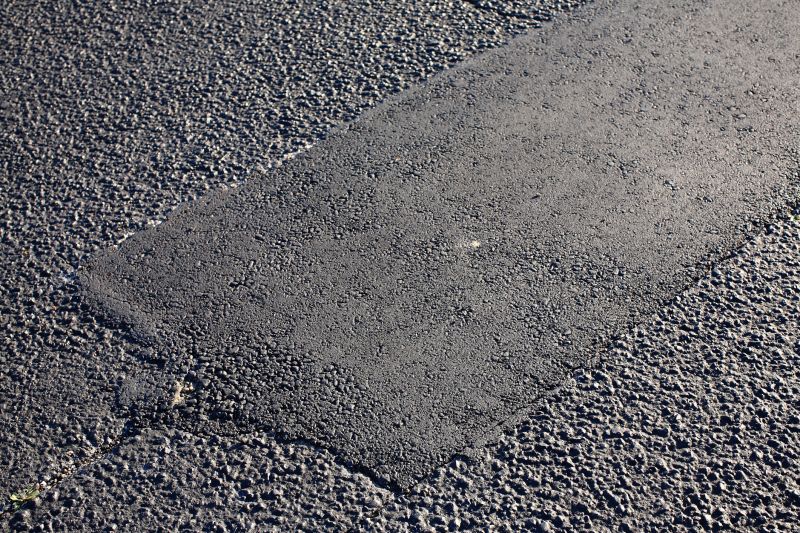
Choosing days with mild temperatures and no precipitation ensures best results.
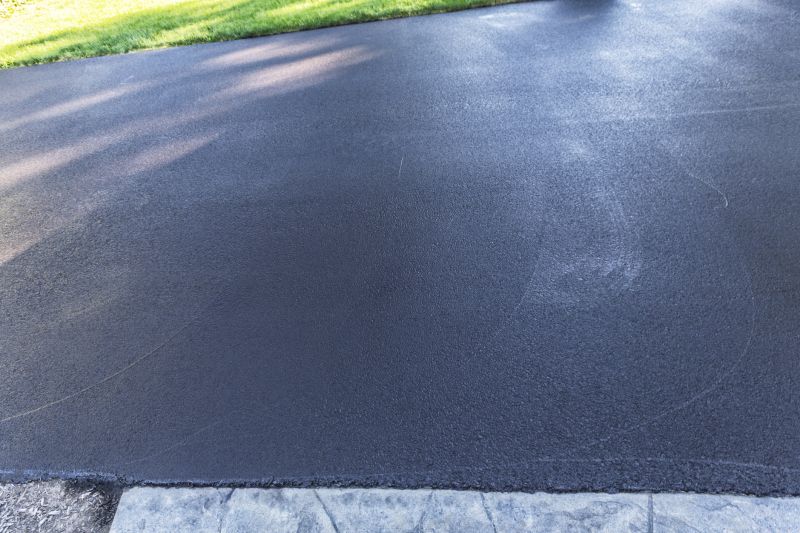
Ways to make Asphalt Driveway Resealings work in tight or awkward layouts.
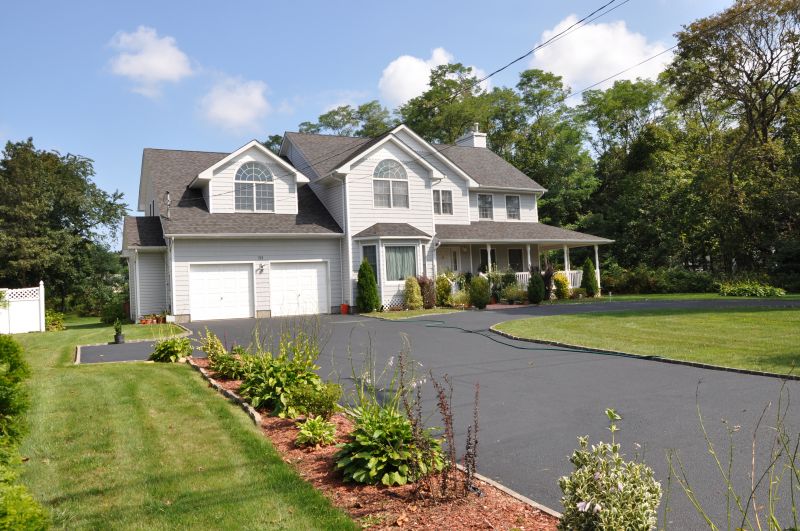
Popular materials for Asphalt Driveway Resealings and why they hold up over time.
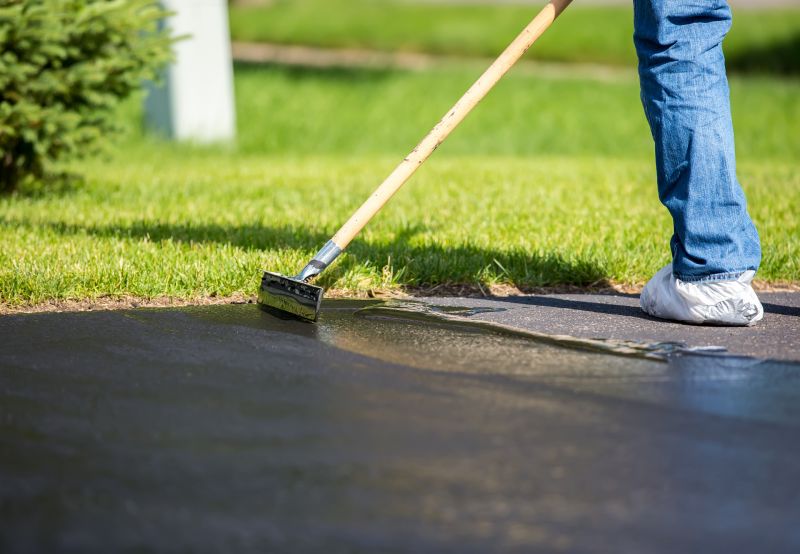
Simple add-ons that improve Asphalt Driveway Resealings without blowing the budget.

High-end options that actually feel worth it for Asphalt Driveway Resealings.
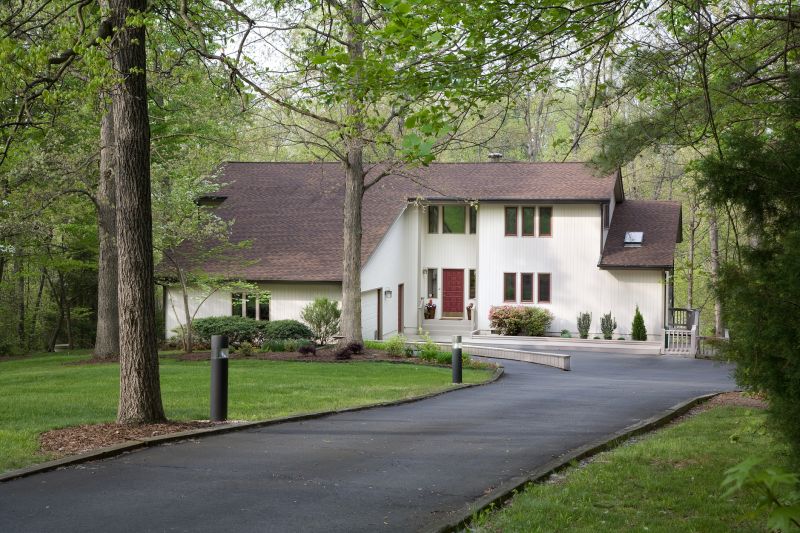
Finishes and colors that play nicely with Asphalt Driveway Resealings.
Asphalt driveway resealing enhances the surface's appearance and extends its lifespan by providing a protective barrier against moisture, UV rays, and chemicals. Properly applied sealcoat can restore color, fill minor cracks, and prevent deterioration caused by weather and traffic. Regular resealing is a cost-effective way to maintain asphalt integrity and avoid costly repairs in the future.

The process involves cleaning, crack filling, and applying a uniform coat of sealant.

Cleaning debris and repairing cracks ensures optimal adhesion and durability.
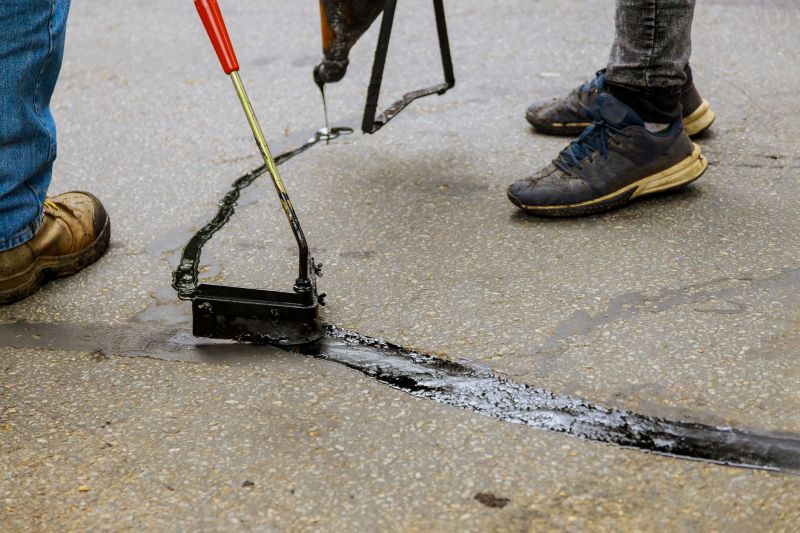
Avoid parking or driving on the surface until fully cured to maximize protection.
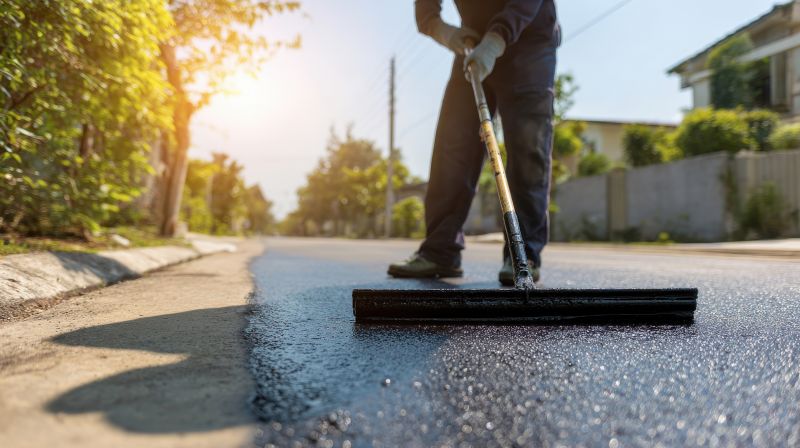
Unfavorable weather can cause sealant failure, emphasizing the importance of choosing the right time.
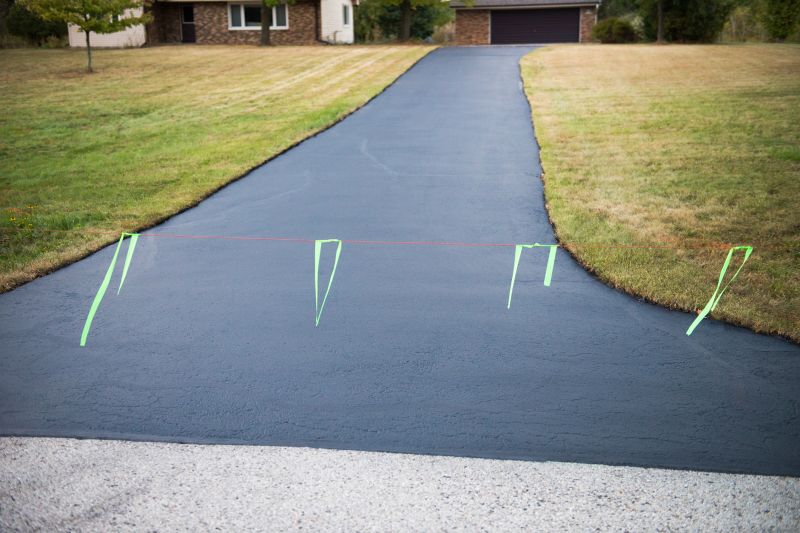
Timely resealing preserves the driveway's structural integrity and aesthetic appeal.
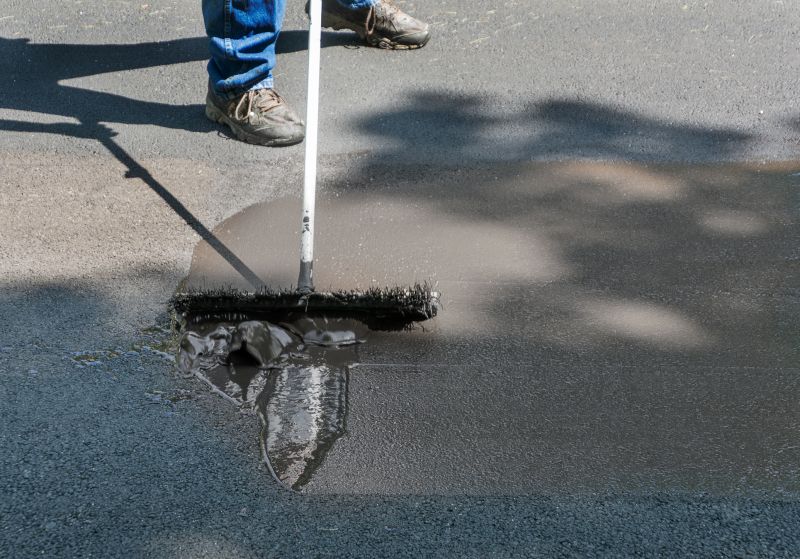
Applying sealant in unsuitable weather or delaying resealing can reduce effectiveness.
| Aspect | Details |
|---|---|
| Best Seasons | Late spring and early fall |
| Ideal Temperatures | 50°F to 85°F |
| Weather Conditions | Dry, sunny days |
| Frequency | Every 2-3 years |
| Signs of Wear | Cracking, fading, oxidation |
| Preparation Steps | Cleaning, crack filling |
| Post-application | Avoid driving until cured |
Choosing the right time for asphalt resealing can significantly impact its longevity. Proper preparation, weather conditions, and timing are crucial factors that influence the effectiveness of the sealcoat. Regular maintenance and timely resealing help preserve the driveway's appearance and structural integrity, reducing long-term repair costs.
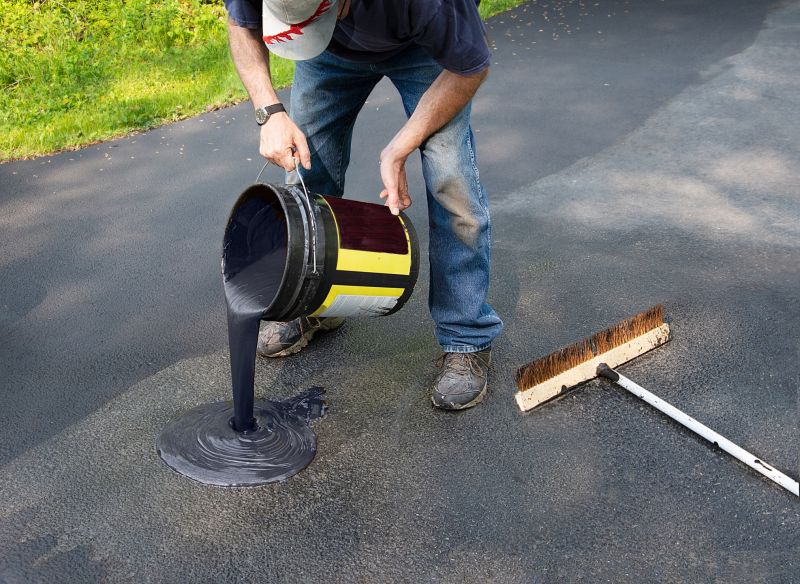
Application of sealant on a clean, prepared surface.

Routine cleaning and crack repairs before resealing.
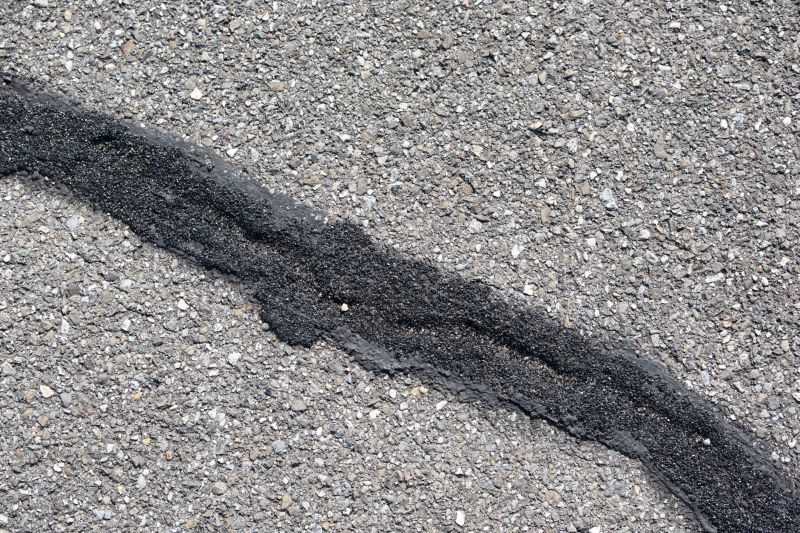
Ideal conditions for asphalt resealing.
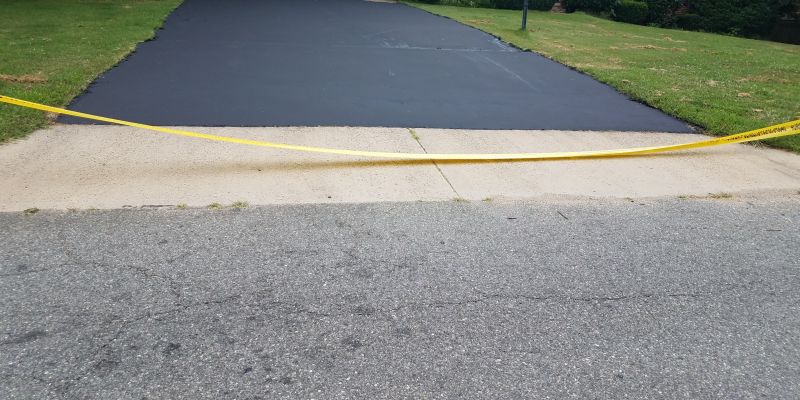
Restored driveway surface ready for use.
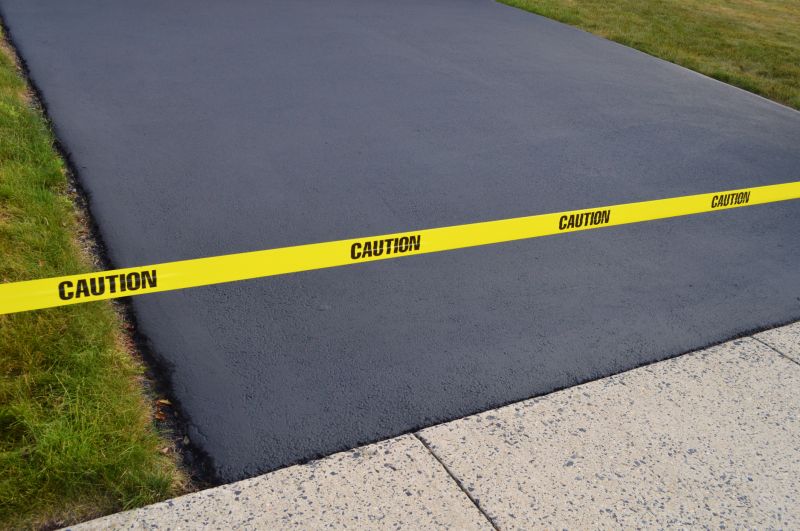
Little measurements that prevent headaches on Asphalt Driveway Resealings day.
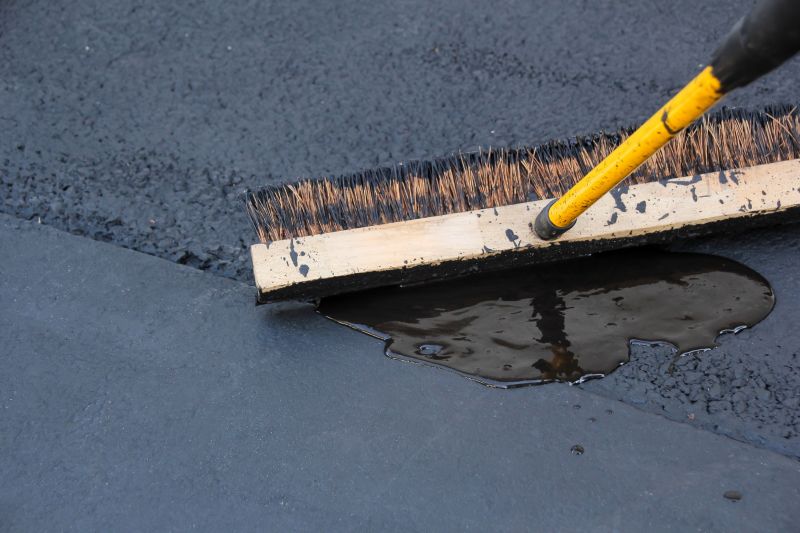
A 60-second routine that keeps Asphalt Driveway Resealings looking new.
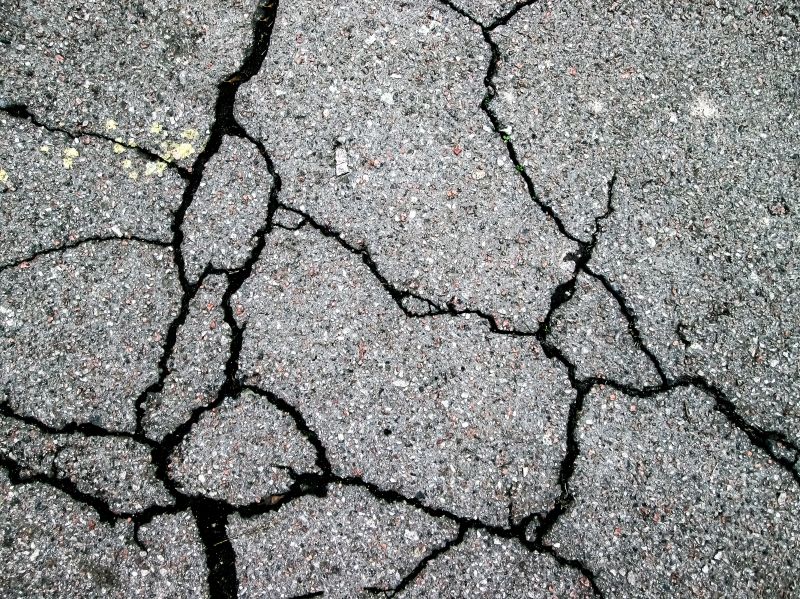
A frequent mistake in Asphalt Driveway Resealings and how to dodge it.
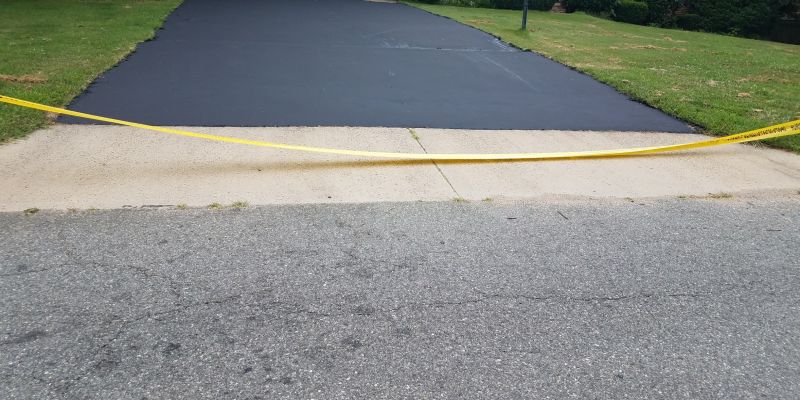
Small tweaks to make Asphalt Driveway Resealings safer and easier to use.
Interested in scheduling an asphalt driveway resealing? Filling out the contact form provides an opportunity to discuss options and determine the best timing for specific driveway conditions. Proper timing and maintenance can help maximize the lifespan and appearance of the driveway.
